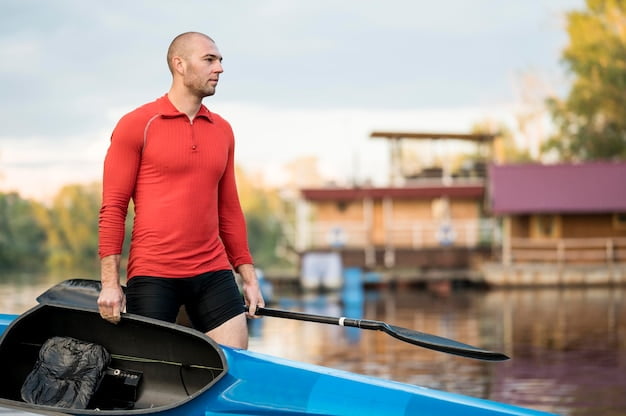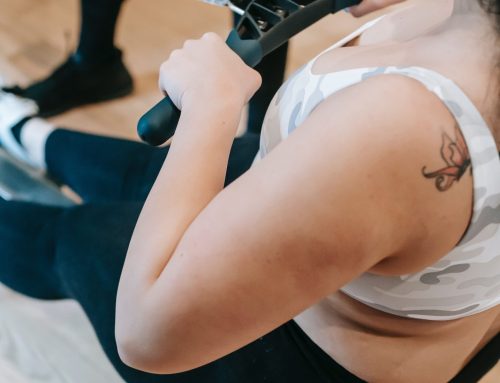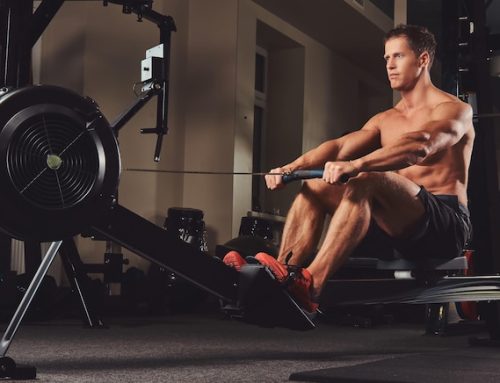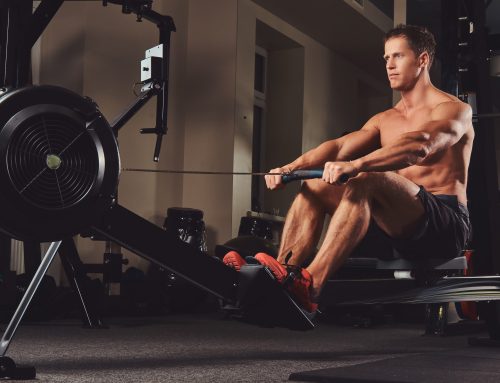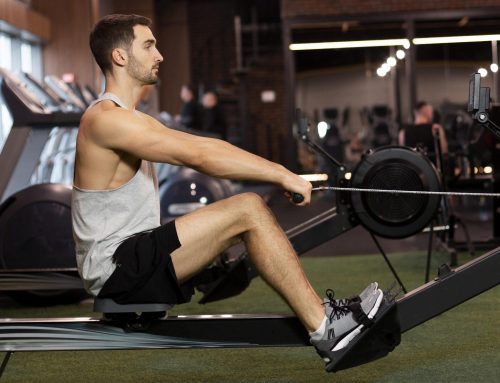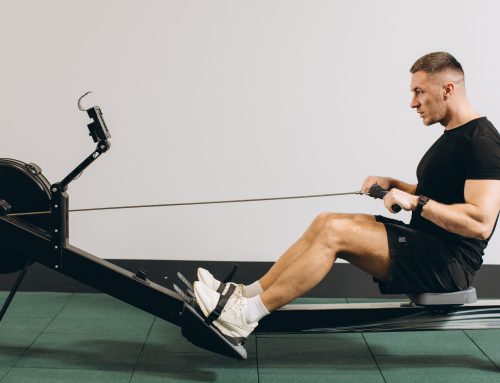Rowing and the most important muscle
Rowing is an excellent full-body workout. However, the sport requires the use of different muscles groups, and some are more critical than others. Finding out which muscle is the most important for rowing is essential, as it affects performance and overall health. Here, we will discuss the most important muscle in rowing and why.
The latissimus dorsi
The latissimus dorsi, also known as the “lats,” is the most crucial muscle in rowing. This large, flat muscle group is located in the lower and mid-back regions and is responsible for most of the rowing motion. The lats are responsible for pulling the oars towards the chest, which is the primary movement in rowing.
Table 1: Muscles used in rowing
| Muscles | Function |
|---|---|
| Latissimus dorsi | Primary muscle for pulling the oars towards the chest |
| Quadriceps femoris | Leg muscle group that drives the body forward in the boat |
| Gastrocnemius | Calf muscle group that aids in leg drive |
| Hamstrings | Assists in leg drive and helps maintain the posture |
| Core muscles | Helps maintain stability and balance in the boat |
The role of the lats
The lats are the primary muscle group in charge of the pulling motion in rowing. These muscles are responsible for the majority of the power produced during the stroke. Therefore, strengthening the lats can improve overall performance in rowing.
How to train the lats
There are several exercises that can help you strengthen your lats. Some of the most effective exercises include:
- Lat pulldowns
- Pull-ups
- One-arm dumbbell rows
- Barbell rows
- Seated cable rows
Table 2: Latissimus dorsi exercise comparison
| Exercise | Muscles targeted | Equipment needed |
|---|---|---|
| Lat pulldowns | Latissimus dorsi, biceps, forearm muscles | Pulldown machine, cable attachment, and weight plates |
| Pull-ups | Latissimus dorsi, biceps, forearm muscles | Pull-up bar |
| One-arm dumbbell rows | Latissimus dorsi, upper back muscles | Dumbbell, bench |
| Barbell rows | Latissimus dorsi, upper back muscles, biceps, forearm muscles | Barbell, plates, and power rack or bench |
| Seated cable rows | Latissimus dorsi, upper back muscles, biceps, forearm muscles | Cable machine with handles or bar attachment |
Other muscles involved in rowing
While the lats are the most important muscle in rowing, other muscle groups also play a crucial role. The quadriceps femoris, hamstrings, and gastrocnemius are responsible for driving the body forward in the boat, while the core muscles help maintain stability and balance. Therefore, it is essential to incorporate exercises that target these muscle groups into your training routine.
The importance of a balanced workout
As mentioned earlier, rowing is a full-body workout, and a balanced routine is critical for overall health and performance. Neglecting other muscle groups can lead to muscle imbalances, which can cause injuries. Therefore, it is essential to include exercises that target all major muscle groups in your training routine.
In conclusion
The latissimus dorsi, or lats, are the most important muscle in rowing. These muscles are responsible for the primary motion in rowing and produce most of the power during the stroke. Therefore, incorporating exercises that target the lats into your training routine can improve overall performance. However, it is essential to include exercises that target other major muscle groups to maintain a balanced workout and prevent injuries.
